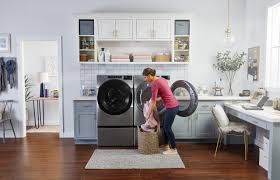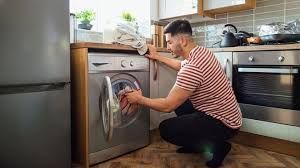AUTHORIZED APPLIANCE REPAIR
Expert Appliance Repair Services by Authorized Appliance
Welcome to Authorized Appliance, your trusted partner for professional appliance repair services. Our team of skilled technicians is dedicated to providing top-notch solutions for all your appliance needs, ensuring reliability and efficiency with every service. Whether it's your
refrigerator,
washing machine, or any other household appliance, we guarantee a seamless repair experience tailored to your specific requirements.
Our Services: Tailored Solutions for Every Appliance
From the essential refrigerator that keeps your food fresh to the indispensable washing machine that tackles your laundry needs, our expertise at Authorized Appliance extends across a wide spectrum of household appliances. Our services are not limited to just these; we also expertly handle ovens, dishwashers, dryers, and more, ensuring every appliance in your home is functioning at its best.
Comprehensive Brand Support at Authorized Appliance
Explore our extensive range of supported brands at Authorized Appliance, where we cater to a diverse array of household names in appliance manufacturing. Our expertise covers a wide spectrum, from classic to contemporary brands, ensuring that no matter what appliance you own, we have the skills and knowledge to provide maintenance services.
Browse through our brand showcase to find your appliance's manufacturer, and rest assured that our experienced technicians are equipped to handle any issue with precision and care. At Authorized Appliance, we're committed to delivering quality service for every brand, ensuring your appliances are in the best hands.
Frequently Asked Appliance Questions at Authorized Appliance
Find answers to common appliance dilemmas in our Frequently Asked Questions (FAQs) section at Authorized Appliance. This carefully curated guide addresses a wide array of typical issues you might encounter, from non-draining dishwashers to malfunctioning garbage disposals. Our FAQs offer clear, expert advice and practical solutions to help keep your home appliances in peak condition. If you have more complex queries or need further insights, our extensive FAQ page is just a click away, featuring a broader range of questions and detailed answers to ensure your appliance concerns are thoroughly resolved.





























